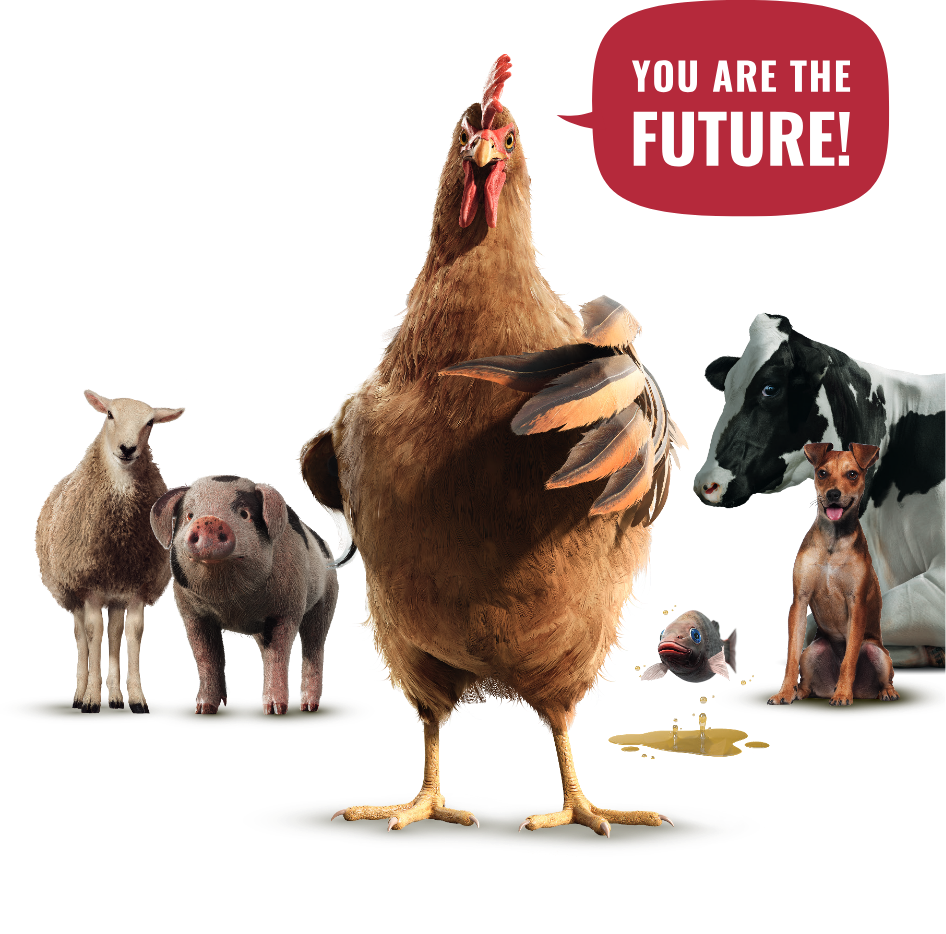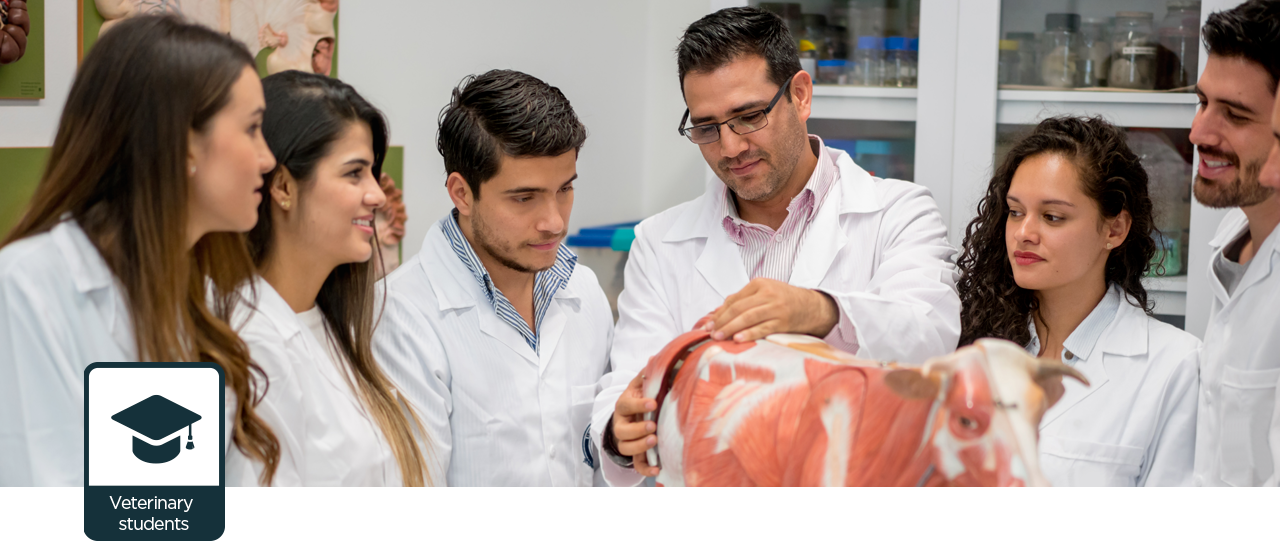Discover dedicated tools designed for you
Antimicrobials were discovered in the 20th century and have made a larger contribution to life expectancy than any other medication. Antimicrobials have transformed human and veterinary medicine.
They SAVE LIVES!
The emergence of resistance is a major concern: medicines that help control and treat animal and human diseases may no longer work tomorrow. Antimicrobial resistance is a major threat to animal health and welfare, food supply and food safety – worldwide.
We need you to act now to preserve
antimicrobial efficacy for tomorrow.
What is antimicrobial resistance
and WHY IS IT IMPORTANT?
and WHY IS IT IMPORTANT?
- Once bacteria become resistant, antimicrobials are no longer effective, meani ng they can no longer help to control or treat diseases. This phenomenon is called antimicrobial resistance.
- Antimicrobial resistance is a threat to animal health and welfare. Resistant bacteria can circulate between humans, animals and the environment and do not respect borders. It is therefore a global human and animal health concern.
- Misuse and overuse of antimicrobials in animals, humans or plants is a major factor driving the emergence and development of antimicrobial resistance. Any inappropriate use of antimicrobials, whether unnecessary use, against a poorly targeted pathogen or the prescription of the wrong dosage will increase the risk of resistance developing.
Veterinary students:
WE NEED YOU!
WE NEED YOU!

- We all have a role to play, and you as future veterinarians can help. Your future work with animals, farmers and policy makers means that you will be at the frontline in the battle for antimicrobial resistance. It all starts with you, in your classrooms and during your field trainings!
- In contrast to many of your predecessors, you will be graduating in a time of increased antimicrobial resistance. Use your voice to help us preserve the efficacy of antimicrobials.
What can you do?

- Learn how to choose and prescribe antimicrobials appropriately
- Follow expert guidelines regarding antimicrobial use. Follow treatment guidelines. If your veterinary practice does not have them, offer to help set them up.
- Never use antimicrobials as a blanket treatment, or ‘just-in-case’. Always check if antimicrobial treatment is really necessary, and if so, opt for the first-line choice.
- Learn which antimicrobials are considered first-line treatment, and learn about their action and tissue distribution.
- Learn which antimicrobials are considered critical, and always carry out a culture and sensitivity test in parallel with a first-line antimicrobial treatment.
- Learn about biosecurity and animal hygiene. Both play an important role in controlling and preventing infections.
- Ask questions and don’t hesitate to challenge treatment habits – just because ‘we’ve always done it like this’ doesn’t mean it’s correct.
Together, we need to ensure that antimicrobials are responsibly used in animals.

